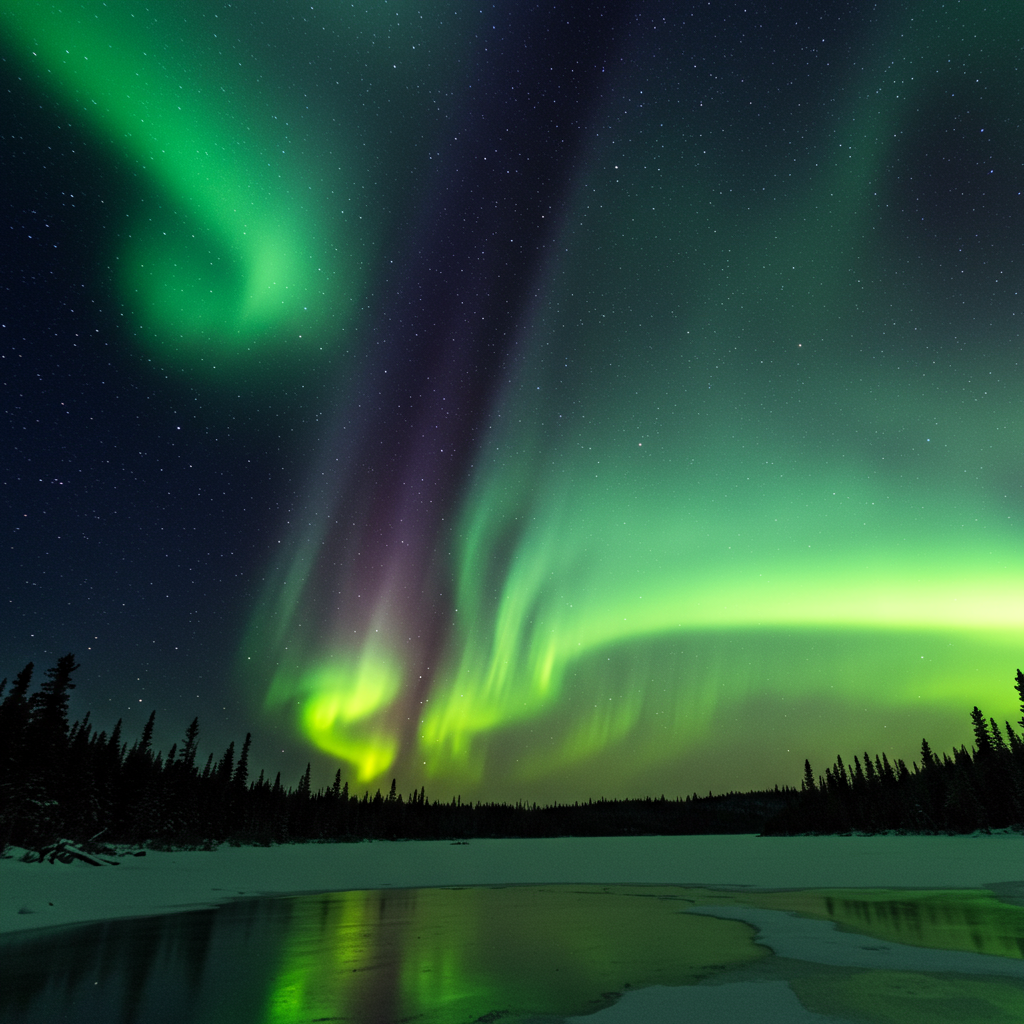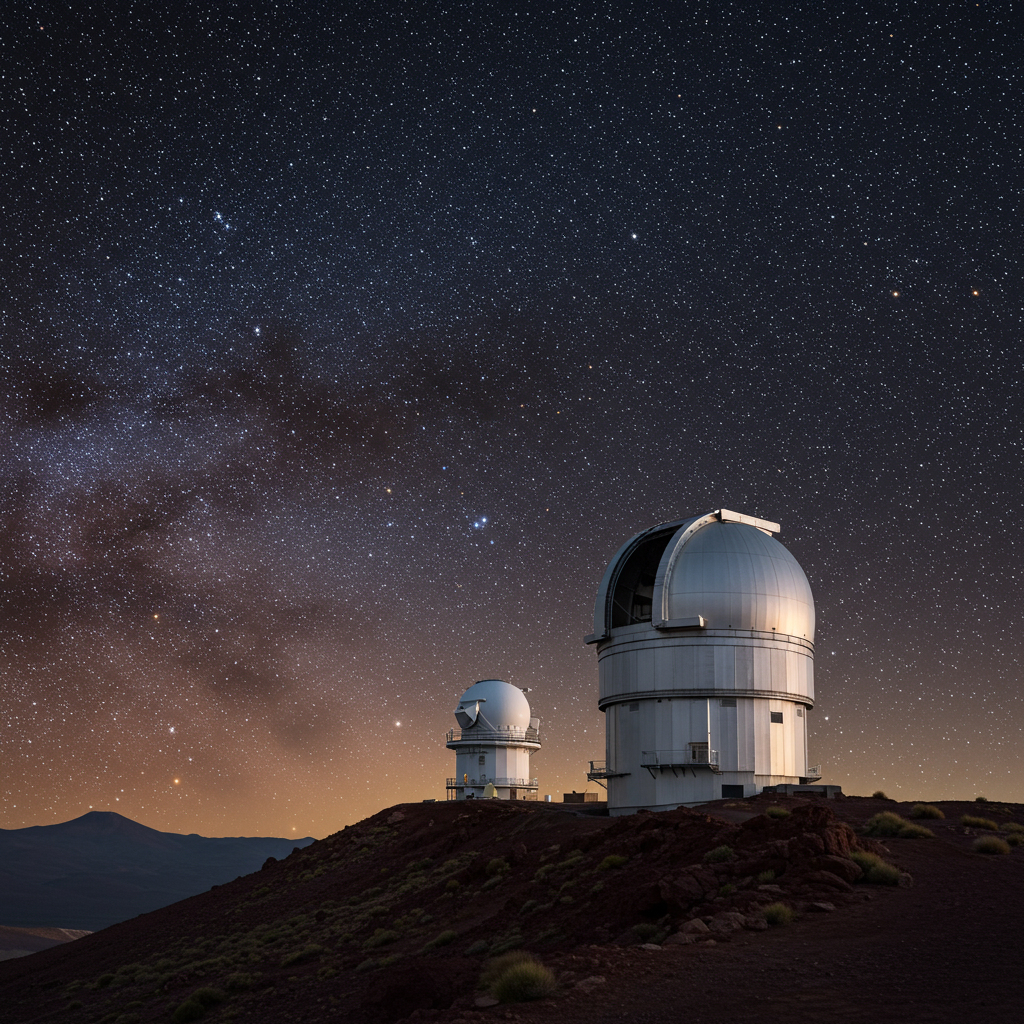The universe just got a stunning close-up. The Vera C. Rubin Observatory has released a first look at the images captured by its groundbreaking instrument – the world’s largest digital camera built for astronomy. These breathtaking debut images offer a tantalizing preview of a new era in cosmic observation.
Located high in the Chilean Andes on Cerro Pachón, the Vera C. Rubin Observatory is a joint project funded by the US National Science Foundation (NSF) and the US Department of Energy (DOE). Its strategic location provides exceptional views, especially of the Milky Way’s galactic center, benefiting from the region’s dry air and dark skies.
A Glimpse of the Cosmos
The initial images shared as a “sneak peek” showcase the observatory’s incredible capabilities. Among the stunning views are detailed shots of vibrant nebulae, including the famous Trifid and Lagoon nebulae, located approximately 9,000 light-years away in the Sagittarius constellation. These images reveal faint gas and dust clouds previously hidden, with one mosaic compiled from 678 individual images captured over seven hours.
Another preview image features a segment of the vast Virgo cluster, a cosmic network containing thousands of galaxies. The image clearly shows two spiraling galaxies depicted as bright blue swirls, hinting at the immense detail captured.
Further demonstrating the sheer scale, a released video starts with a close-up of just two galaxies before zooming out to reveal approximately 10 million more. This vast panorama represents only a tiny fraction – about 0.05% – of the estimated 20 billion galaxies the observatory is expected to observe during its mission.
The Telescope and Its Record-Breaking Camera
At the heart of the Rubin Observatory is the 3200-megapixel (3.2 gigapixel) camera, weighing in at around 2800-3000kg. This monumental camera is designed to capture an unprecedented area of the sky in a single shot – more than 40 times the size of the full Moon. It works in conjunction with the observatory’s three mirrors (measuring 8.4m, 5m, and 3.4m in diameter) and six of the largest optical filters ever produced, allowing observation across various light wavelengths with exceptional detail.
Mapping the Universe: The Legacy Survey of Space and Time
These initial images are just the beginning. The observatory is poised to embark on its ambitious Legacy Survey of Space and Time (LSST), a 10-year mission to systematically scan the entire visible sky approximately every few nights. Taking a new high-resolution image roughly every 40 seconds for 8-12 hours nightly, the telescope will create what’s being called the “greatest time-lapse movie of the cosmos ever.”
The sheer volume of data produced will be staggering – the largest optical astronomy dataset in history. Images will be rapidly transmitted via fiber optic cables to a supercomputer in California for processing and analysis. “First light” – the first scientific observations – is set for July 4th using the 8.4-meter Simonyi Survey Telescope, with the full LSST survey expected to commence 4-7 months later.
Unlocking Cosmic Mysteries
The LSST dataset is poised to transform our understanding of the universe and tackle some of astronomy’s most profound questions. Named in honor of trailblazing astronomer Vera Rubin, who provided early evidence for dark matter, the observatory is expected to make significant contributions to understanding the nature of dark matter and dark energy, which constitute the majority of the cosmos but are not directly detectable.
The observatory’s rapid cadence and wide field of view make it a powerful “discovery machine.” It is highly effective at spotting faint, tiny objects, particularly within our Solar System. Researchers expect to create a detailed inventory of solar system objects and are already reporting early successes, having discovered 2,104 asteroids, including seven near-Earth asteroids, from just over 10 hours of test observations. Rubin is anticipated to uncover millions more asteroids within its first two years and is crucial for detecting potentially hazardous objects by monitoring changes in the sky. Its capabilities could even help resolve the ongoing debate about the possible existence of a ninth planet (sometimes called “Planet X”) in the outer solar system, potentially within months if it exists.
Beyond the solar system, the LSST will map the structure of the Milky Way galaxy and explore the dynamic sky, monitoring changing celestial events like exploding supernovas and millions of other transient objects nightly.
Watch the Full Reveal
While the preview images are awe-inspiring, the official public debut of the first full images is scheduled for Monday, June 23rd, at 11 a.m. ET. The event will include a news conference and livestream available online via the Rubin Observatory’s YouTube channel, with options for English and Spanish. Watch parties are also being organized globally at planetariums and universities, offering a shared experience of this landmark astronomical event.
These first images from the Vera C. Rubin Observatory and its world-leading camera mark a monumental step forward, promising to revolutionize astronomy and reveal the hidden workings of the cosmos for years to come.




